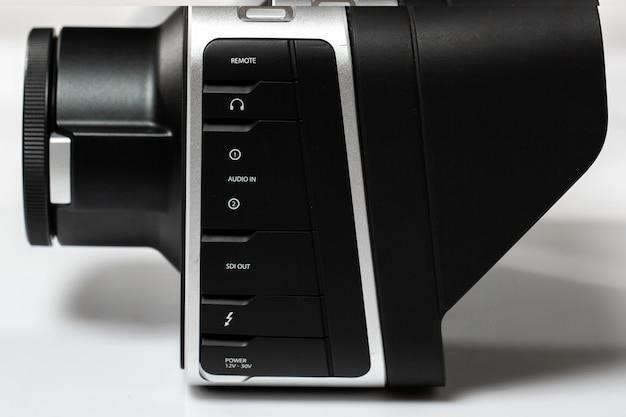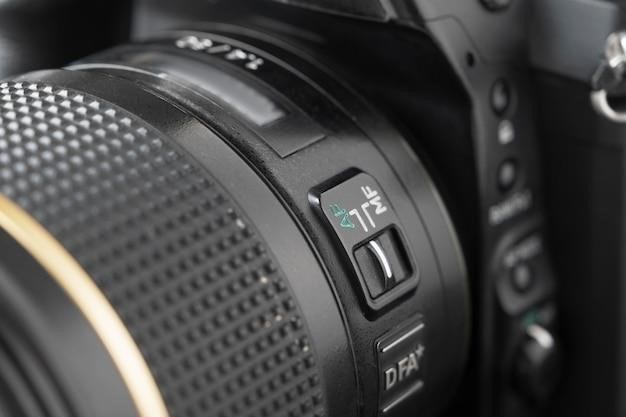
Nikon D200 Manual⁚ A Comprehensive Guide
This guide provides a thorough exploration of the Nikon D200, covering essential aspects from accessing the manual to troubleshooting and maintenance. It’s designed for both beginners and experienced users seeking to optimize their D200’s capabilities. Detailed explanations and practical tips are included throughout.
Accessing the Nikon D200 Manual
Locating your Nikon D200 manual might involve several avenues. Firstly, check if the physical manual was included with your camera purchase. Many users report not receiving a physical copy; however, digital versions are readily available. Nikon’s official website is your primary resource, offering downloadable PDF manuals for various camera models, including the D200. Navigate their support section, usually accessible through a search for “Nikon D200 manual download.” This will provide the most accurate and up-to-date information directly from the manufacturer. Alternatively, third-party websites specializing in camera manuals might also host the D200 manual. Exercise caution when using unofficial sources and verify the authenticity of the document before downloading to avoid potential malware or inaccuracies.
Downloading the PDF Manual from Nikon’s Website
Downloading the Nikon D200 manual directly from Nikon’s official website ensures you obtain the most accurate and up-to-date version. Begin by visiting the Nikon support page. Utilize the search function, entering “Nikon D200 manual download” or similar keywords. The site will likely present a list of results; select the option specifically for the D200 user manual. Once located, click the download link. The manual will likely be provided as a PDF file. Ensure you have a PDF reader installed on your device (most computers and mobile devices include one by default; otherwise, Adobe Reader is readily available for free). After downloading, save the file to a convenient location on your computer or mobile device for easy access. Remember to check the file size before downloading to avoid unexpected data usage if you’re using a mobile connection.
Alternative Sources for the D200 Manual
If you encounter difficulties downloading the manual from Nikon’s website, several alternative sources may provide access. Online forums dedicated to photography and Nikon cameras often have users sharing links or copies of manuals. Websites specializing in camera manuals and user guides might also host the D200 manual. Exercise caution when using third-party sites, however; verify the legitimacy of the source to avoid downloading corrupted or malicious files. Used camera marketplaces or online auction sites sometimes include manuals with camera purchases; check the item description carefully. Lastly, consider contacting Nikon support directly; they may be able to assist you in obtaining a digital copy or provide instructions for accessing the manual through alternative channels. Remember to always be cautious and only download from reputable sources to prevent security issues.

Understanding the D200’s Features
This section delves into the Nikon D200’s core functionalities, exploring its advanced settings, diverse shooting modes, and image quality control options to empower users to capture stunning photographs.
Camera Settings and Menu Navigation
Mastering the Nikon D200’s extensive settings is crucial for optimal image capture. The camera offers a comprehensive menu system, allowing precise control over various parameters. Navigating this menu efficiently is key to unlocking the D200’s full potential. Familiarize yourself with the key settings such as ISO, white balance, metering modes, and autofocus options. Understanding how these settings interact and affect your images is essential for achieving desired results. The manual provides detailed explanations of each setting and their impact on the final image. Pay close attention to the sections detailing custom settings (Custom Settings menu) and their impact on workflow. Experiment with different settings to understand their effects, and remember to consult the manual for clarification on any unfamiliar terms or functions; Efficient menu navigation will significantly improve your overall shooting experience and allow you to adjust your camera quickly to changing shooting conditions.
Shooting Modes and Their Applications
The Nikon D200 offers a variety of shooting modes catering to different photographic situations and skill levels. Understanding these modes and their applications is vital for achieving desired results. Auto mode simplifies the process, ideal for beginners or quick snapshots. Aperture Priority (A) and Shutter Priority (S) modes provide control over either aperture or shutter speed, allowing you to adjust depth of field or motion blur respectively, while the camera automatically sets the other parameter. Manual mode (M) grants complete control over both aperture and shutter speed, offering maximum creative freedom. Program mode (P) automatically selects both aperture and shutter speed, but allows some adjustments. Sport mode optimizes settings for fast-moving subjects, while Night Portrait mode balances flash and ambient light for low-light portraits. Landscape mode prioritizes sharpness and detail in landscapes, while Close-up mode is designed for macro photography. Exploring each mode’s capabilities will significantly enhance your photographic skills and allow you to adapt to various shooting scenarios.
Image Quality and Settings Adjustments
The Nikon D200’s image quality is heavily influenced by various settings accessible through its menus. Understanding these adjustments is crucial for achieving optimal results. Image size and quality settings directly impact file size and resolution. Larger sizes and higher quality settings (like RAW) yield larger files but offer greater detail and editing flexibility. Smaller JPEGs are more convenient for sharing but sacrifice some detail. White balance settings ensure accurate color representation under different lighting conditions. Auto white balance is convenient but manual adjustments (e.g., for incandescent or fluorescent light) often yield more accurate results. Sharpness, contrast, and saturation can be fine-tuned to match personal preferences and the scene’s characteristics. Sharpness affects edge definition, contrast manages the difference between light and dark areas, and saturation controls the intensity of colors. Experimenting with these settings allows you to tailor the final image to your artistic vision and the specific requirements of your photography. Mastering these settings will significantly elevate your photographic output.
Troubleshooting and Maintenance
This section addresses common Nikon D200 issues, explains proper cleaning and care, and provides guidance on repair and technical specifications for this DSLR camera model.
Addressing Common D200 Issues
This section of the Nikon D200 manual tackles frequently encountered problems. Users often report issues with autofocus, specifically inconsistent performance or failure to acquire focus in low light. Understanding the D200’s autofocus system, including its various modes and settings, is crucial for resolving these problems. Another common issue is battery life; optimizing settings and using a high-quality, fully charged battery can significantly improve performance. Image quality concerns, such as noise at high ISO settings or unexpected color casts, are also addressed, offering solutions for adjustment and compensation. Furthermore, the manual provides troubleshooting steps for error messages displayed on the camera’s LCD screen. Addressing lens compatibility issues and malfunctions also receives detailed coverage. These solutions often involve lens cleaning or checking for proper communication between the lens and camera body. Finally, the guide offers solutions for issues related to card reader compatibility and data transfer problems. By addressing these common problems, this section empowers users to maximize the performance and longevity of their Nikon D200.
Camera Cleaning and Care
Proper cleaning and care are essential for maintaining the optimal performance and longevity of your Nikon D200. This section details safe and effective cleaning techniques, emphasizing the importance of preventing dust and moisture from entering the camera body. The manual provides step-by-step instructions for cleaning the camera’s exterior, including the lens mount, LCD screen, and viewfinder. It stresses the use of soft, lint-free cloths and specialized cleaning solutions to avoid damaging delicate components. Specific guidance is offered on removing fingerprints and smudges without scratching the surface. Additionally, the manual highlights the importance of storing the camera in a clean, dry, and dust-free environment, away from extreme temperatures and direct sunlight. It suggests using a protective case or bag when transporting the camera to prevent accidental damage. Regular inspection for signs of wear and tear, such as loose parts or scratches, is also recommended. The manual emphasizes preventative maintenance as a crucial aspect of camera care, significantly extending its operational lifespan. Proper handling and storage practices are key to preserving the D200’s functionality and image quality.
Repair and Technical Specifications
This section details the technical specifications of the Nikon D200, providing comprehensive information for both users and repair technicians. Detailed technical specifications, including sensor type, image resolution, and ISO range, are listed. The manual also includes information regarding the camera’s physical dimensions, weight, and power requirements. Crucially, it offers guidance on safe disassembly and repair procedures, emphasizing the importance of qualified technicians handling any internal repairs. Warnings regarding high-voltage components and potential hazards are clearly stated. The manual may include diagrams or illustrations to aid in understanding the camera’s internal structure and component layout. Information on accessing internal parts and troubleshooting malfunctions is provided, but emphasizes seeking professional repair services for complex issues. Contact details for authorized Nikon repair centers or service providers might be included for users needing assistance. This section helps users understand the technical intricacies of their D200, enabling informed decision-making regarding maintenance and repair. It prioritizes safety and ensures that repairs are handled by qualified individuals.
